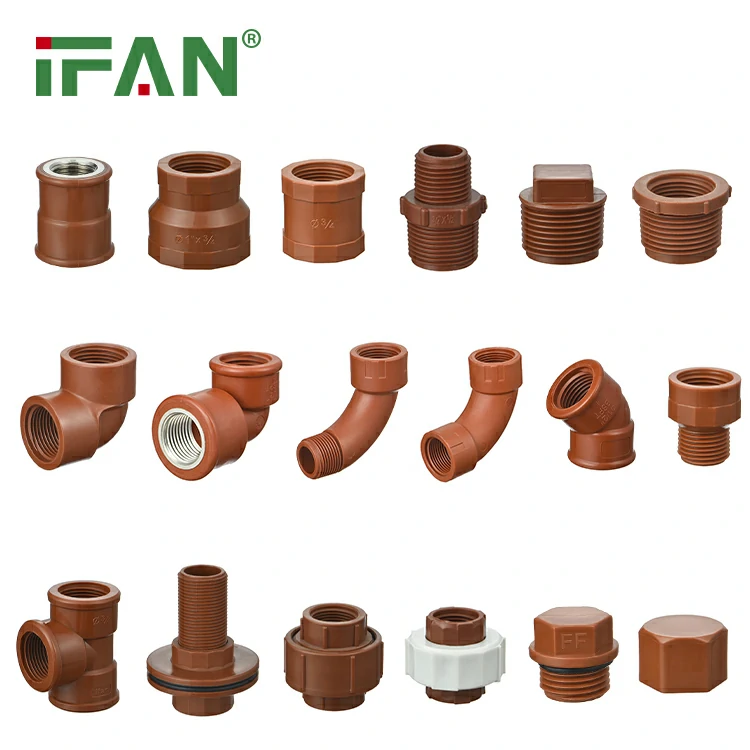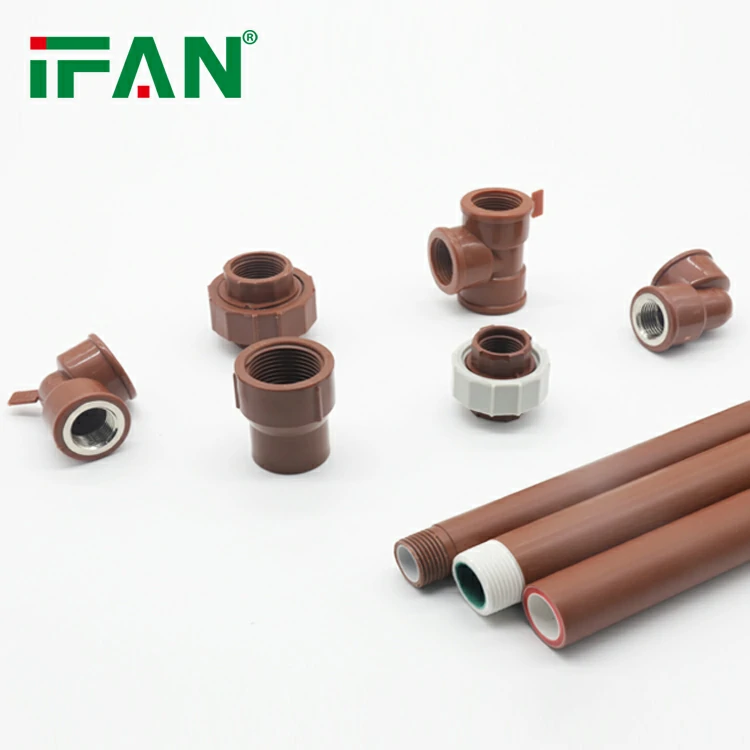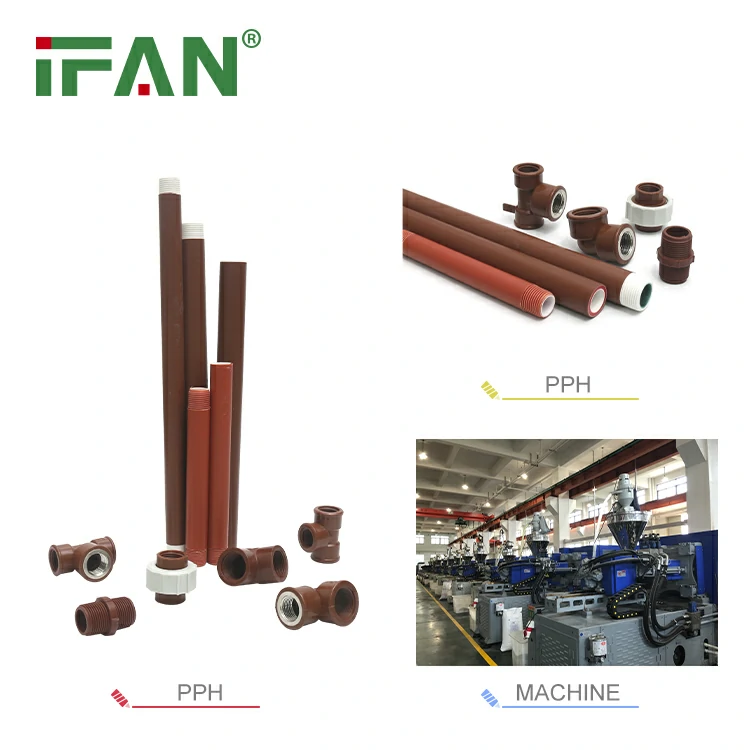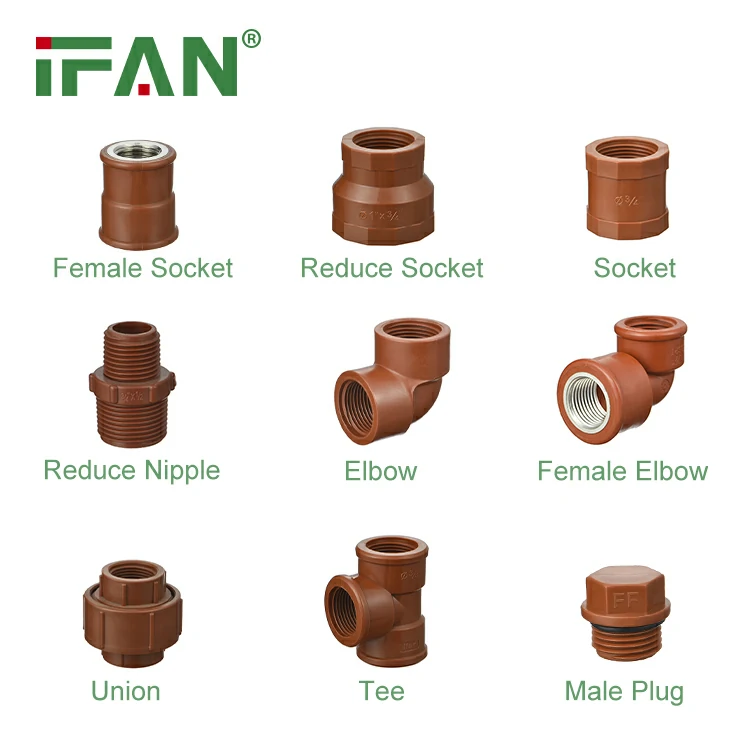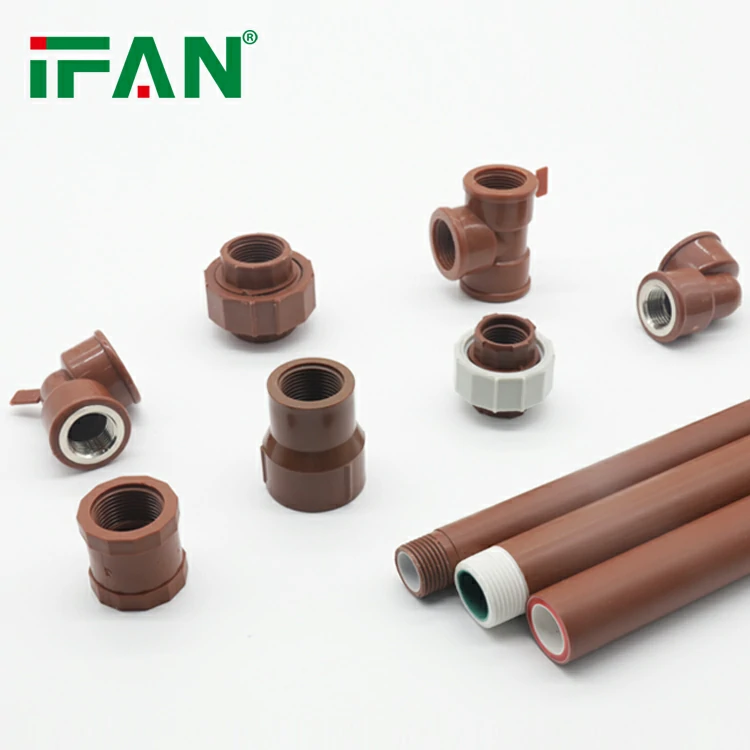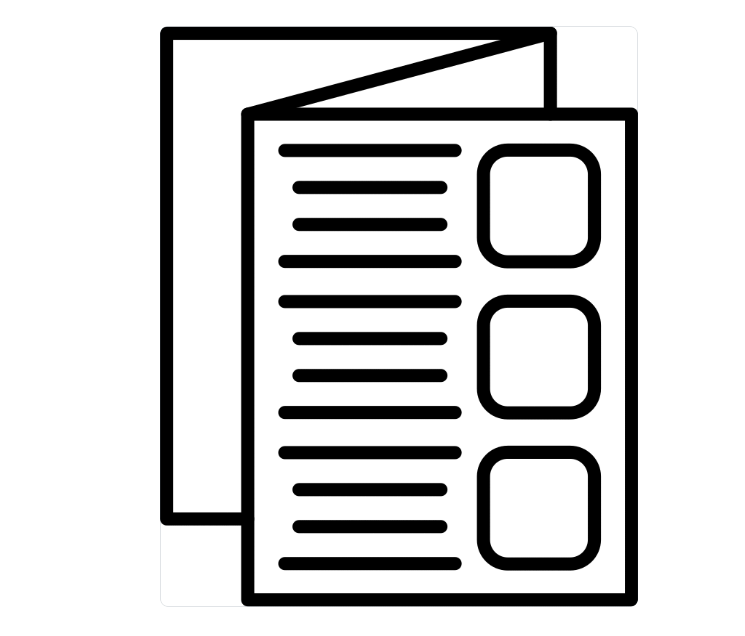Description
Understanding PPH Pipe Fitting
PPH (polypropylene homopolymer) pipe fittings are widely used in industrial applications. These thermoplastic components offer excellent chemical resistance. Their pressure rating depends on multiple factors. Material composition and manufacturing quality significantly influence performance. PPH pipe fitting maintains stability under various operating conditions.
Standard Pressure Ratings
PPH pipe fittings typically have pressure ratings between 6-16 bar. The exact value varies by pipe size and wall thickness. Standard 20mm fittings often rate at 12.5 bar at 20°C. Larger 110mm fittings may rate at 6.3 bar. Manufacturers provide specific ratings for each product series. These values decrease at higher temperatures.
Temperature Impact on Ratings
Pressure capacity reduces as temperature increases. PPH pipe fittings maintain full rating up to 20°C. At 60°C, the rating typically drops by 30%. By 80°C, capacity may be half the room-temperature rating. Systems operating above 95°C require special consideration. Temperature compensation factors help calculate safe pressures.
Material Properties Affecting Ratings
PPH’s crystalline structure provides good mechanical strength. The homopolymer formulation enhances pressure resistance. Molecular weight distribution affects long-term performance. High-quality PPH pipe fittings maintain consistent wall thickness. Proper additives improve creep resistance under pressure.
Comparison with Other Materials
PPH pipe fittings offer higher ratings than PVC at moderate temperatures. They outperform PP-R in chemical resistance applications. Unlike metals, they won’t corrode under pressure. Their lightweight nature simplifies high-pressure installations. Properly specified PPH systems match metal performance in many cases.
Installation Factors Influencing Ratings
Proper jointing techniques maintain rated pressure. Solvent welding creates stronger connections than threaded joints. Support spacing affects long-term pressure capability. Expansion loops accommodate thermal movement. Correct installation preserves the original pressure rating.
Industry Applications and Examples
Chemical plants use PPH pipe fitting at 6-10 bar. Water treatment systems often operate at 4-8 bar. Semiconductor facilities employ high-purity PPH systems. Food processing lines utilize 6-12 bar ratings. Each application requires specific pressure considerations.
Safety and Maintenance Considerations
Never exceed 75% of rated pressure for safety. Regular inspections detect potential failures. Sudden pressure spikes should be avoided. Proper maintenance extends service life. Always consult manufacturer guidelines for specific PPH pipe fitting.
PPH pipe fittings provide reliable pressure containment when properly specified. Their ratings balance performance with safety margins. Understanding these parameters ensures successful system design.
相关产品
- PPH Fittings
IFAN ISO 15494 PPH Tank Connector
- PPH Fittings
IFAN ISO 15494 PPH Equal Elbow
- PPH Fittings
IFAN PPH Pipe and Fittings
- PPH Fittings
ISO 15494 PPH Pipe Fittings
HAVE ANY QUERIES? SEND TO CONTACTOANTSMACHINE.COM
ONTACT US

